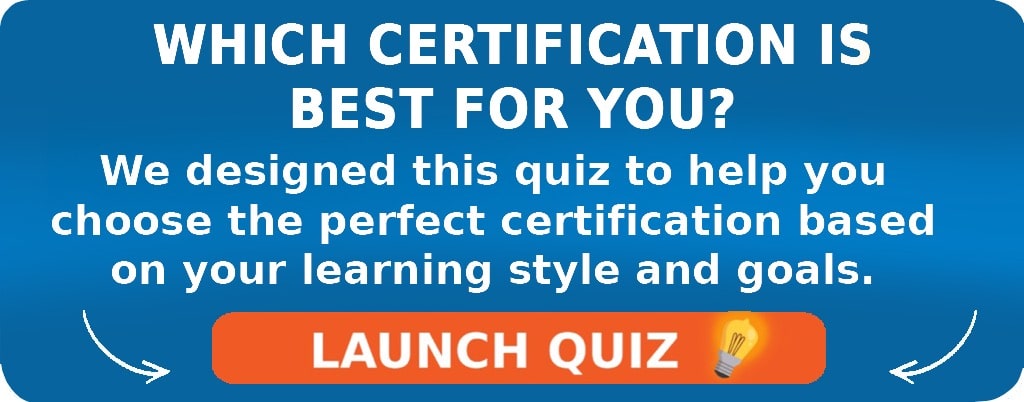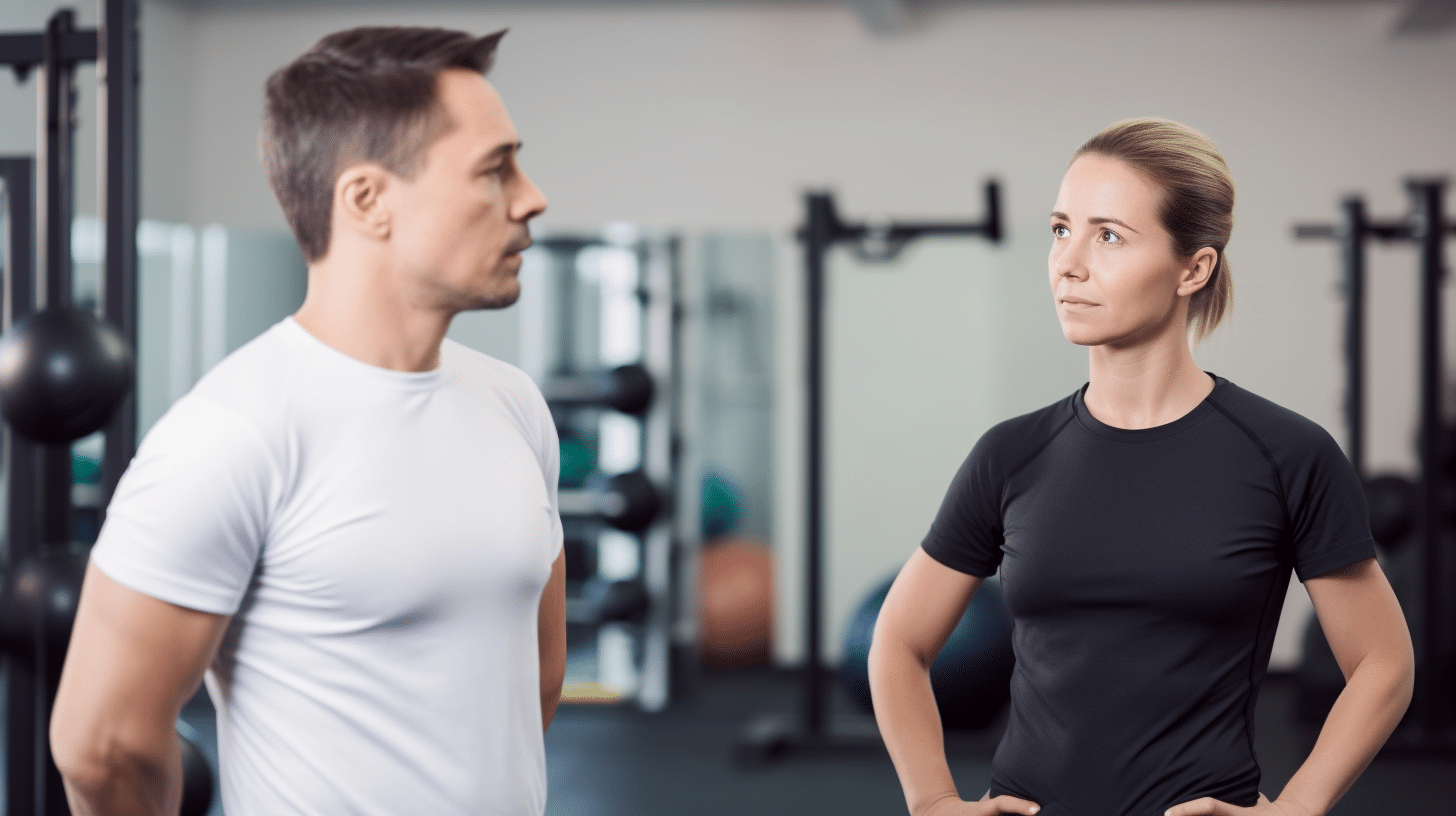
If you have not yet signed up for the NASM PES certification, receive a big discount here.
Get your copy of the NASM PES exam cheat sheet. It helps immensely for studying for the exam.
Make sure to check out Trainer Academy for premium NASM PES study materials. They will reduce study time by 50% and have an exam pass guarantee. Read my full review on them here. You can save $100 on their MVP study system with the code: PTPSUB
Basic Exercise Science
This section provides the sports professional with the concepts needed for a foundation of the human movement system’s definition, structure, and function.
A comprehensive insight into the human body operations will be present here. They are needed for what is to come in the book.
All parts of the human movement system must work together to make movements. If one of these falls apart, it affects all the other systems.
The Nervous System
The nervous system is the communication network in the human body that allows us to gather information regarding the internal and external environment, process and interpret it, and respond to it.
The nervous system will dictate all movements we go through. Thus, it is quite important to train the system efficiently to develop the proper movement patterns, which will enhance performance and decrease the risk of injury.
We divide the nervous system into two systems, the central and the peripheral nervous system.
The CNS comprises the brain and spinal cord and serves as the main location for interpreting information.
The PNS comprises 12 cranial nerves, 31 pairs of spinal nerves branching from the brain and spine, and the sensory receptors.
These peripheral nerves will serve two main functions. The first is to connect the nervous system to effector sites for muscles and motor function. The second is to relay information from effector sites and back to the brain with the sensory receptors.
Sensory Receptors
These are specialized structures found throughout the body and made to transform the stimuli we receive into sensory information so the brain and spine may interpret and respond.
Exclusive PTP CPT Offers |
||
|---|---|---|
Gold Standard Cert | Most Popular Cert | Best Study Materials |
A Good Option | A Good Option | Best CPT for you?  |
We have four main categories: the mechanoreceptors that respond to mechanical forces, nociceptors that respond to pain, chemoreceptors that respond to chemical interaction, and photoreceptors that respond to light and vision.
Muscle spindles and Golgi tendon organs are two primary organs we use in the body for information regarding movement and the human movement system.
The Skeletal System
This is the framework of our structure and movement. It helps us to determine the stature and positioning of our bones and makes up our size and shape.
The role of joints is most important in human movement, so this will mostly be regarding that.
Joints are categorized by their structure and their function.
Joints give the muscles something to pull on to produce force and movement. This allows for movement throughout the segments of the body.
The main connective tissue for the bones and joints is the ligaments. These connect bones to other bones and give the joints dynamic stability and input for the nervous system.
Joints can roll, slide, or spin, depending on their joint type.
The Muscular System
This is the last major part of the kinetic chain.
The nervous system is responsible for controlling the production of movement, the skeletal system is responsible for providing the structures and framework for movement, and the muscular system is responsible for producing these movements.
Muscles are used to generate tension to manipulate our body to move.
Muscles can be used to stabilize or to move the body, and these muscles are made up of muscle fibers wrapped together with connective tissues and formed into bundles.
These bundles have three layers.
Tendons are the structures that attach muscles to bones and anchor them and allow them to have a place to pull on for movements.
Exclusive PTP CPT Offers |
||
|---|---|---|
Gold Standard Cert | Most Popular Cert | Best Study Materials |
A Good Option | A Good Option | Best CPT for you?  |
More of this information is expanded on in the muscle chapter.
We have different muscle fiber types.
Type one fibers have increased delivery of oxygen; they are smaller in size, sower to produce max force, and resist fatigue more.
Type two fibers are the ones that have lower levels of oxygen delivery; they are larger in their size, quicker to make max force, and fatigue a lot faster than the type one fiber.
Cardiorespiratory System
This is a support system that is made up of the cardiovascular and respiratory systems.
These systems will work together to provide the body’s tissues with oxygen, nutrients, protective agents, and a way for them to remove waste products.
The Cardiovascular System
This system is made up of the heart, the blood vessels, and the blood that is pumped through the body.
The heart is a muscular pump that contracts rhythmically to push the blood through the body; it is important to know that it is an involuntary muscle.
There are several important nodes and conduction system things in the heart to note like the SA and AV node, as they allow the heart to beat as it does.
The heart also is broken down into chambers and ventricles that it has. These work to provide different functions for pumping blood through the heart and body.
The blood is the next part of the cardiovascular system. It acts as a medium for delivering and collecting essential products and getting them to and from the body’s tissues.
Blood is also a vital support mechanism. It transports oxygen, collects waste, brings hormones and nutrients to the needy tissues, regulates our core temperature, protects us from injury and blood loss, and provides specialized immune cells to fight the foreign toxin within the body.
The vessels are the third part of this system and are used to transport blood to and from the heart.
The arteries transport blood away, and the veins transport it back.
The Respiratory System
This is the second functional part of the cardiorespiratory system and will also be called the pulmonary system.
The main role here is to ensure proper cellular functions.
The respiratory system works closely with the cardiorespiratory system to collect oxygen from the lungs and environment and get this to the bloodstream for its use in cells.
We have the respiratory pump in the thorax, and it, along with the muscles, must work to allow respiration.
Ventilation’s purpose is to allow the air to move in and out of the body.
Oxygen and Energy
Oxygen is the needed catalyst for sustaining the body’s many functions when activity is longer than 30 seconds. This is when the aerobic system becomes more relevant.
Our energy systems are discussed well in the chapter on energy, both aerobic and anaerobic.
These two systems must work together synergistically to support the human movement system.
Many muscles are involved with breathing, especially when breathing is altered when the level of exertion changes. We have a lot of muscles that come in to assist and get more oxygen in and out of the body quicker during these times.
Assessments of breathing patterns allow us to look at the possible muscle imbalances present in the body. Some people may be heavier with the breathing in the chest mainly, and some may be more in their core.
Hormonal Response to Training
The endocrine system is another communication system in the body, and it uses hormones that we secrete in specific glands to communicate with specified tissues.
The responsibilities of the endocrine system are to regulate any functions of the body and to stabilize the environments in the body.
Hormones come from the many glands that make up the endocrine system.
Each hormone has its own type of target cell, and it will only affect that type of cell.

 Have a question?
Have a question? 



![NASM OPT Model - Complete [year] Breakdown for Fitness Professionals 11 NASM OPT Model in action - client performing exercises following the NASM OPT model.](https://www.ptpioneer.com/wp-content/uploads/2024/04/NASM-OPT-Model-in-action.png)
![Single Leg Squat Assessment NASM Guidelines for [year] 12 single leg squat assessment - client performing a single leg squat assessment in a fitness setting under trainer supervision](https://www.ptpioneer.com/wp-content/uploads/2024/03/single-leg-squat-assessment-1.png)

![LPHC NASM Breakdown ([year]) - Lumbo-Pelvic Hip Complex Anatomy 14 Lumbo Pelvic Hip Complex - image of fitness client with a focus on the lumbo pelvic hip complex](https://www.ptpioneer.com/wp-content/uploads/2024/03/Lumbo-Pelvic-Hip-Complex.png)
![SMART Goal NASM Breakdown for [year] 15 SMART Goal NASM - trainer and client sitting down in a fitness setting to discuss goals](https://www.ptpioneer.com/wp-content/uploads/2024/03/SMART-Goal-1.png)
![The [year] Guide to the NASM Davies Test 16 NASM Davies Test - client in push up position touching one hand to another](https://www.ptpioneer.com/wp-content/uploads/2024/03/NASM-Davies-Test.png)


Tyler Read
PTPioneer Editorial Integrity
All content published on PTPioneer is checked and reviewed extensively by our staff of experienced personal trainers, nutrition coaches, and other Fitness Experts. This is to make sure that the content you are reading is fact-checked for accuracy, contains up-to-date information, and is relevant. We only add trustworthy citations that you can find at the bottom of each article. You can read more about our editorial integrity here.